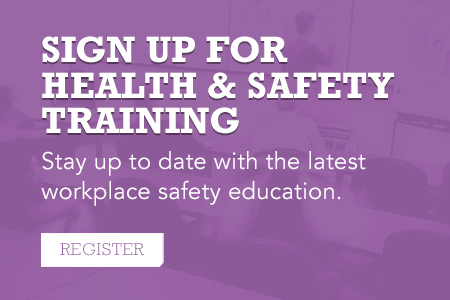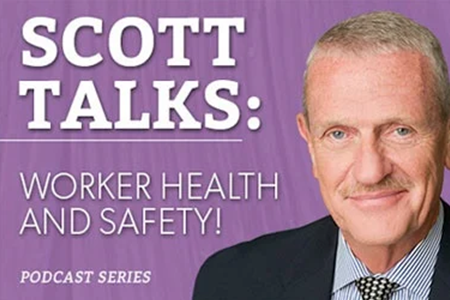The Lawson Group Approach
In the last 40 years that we’ve been doing this, we’ve had well over 5,000 customers that we’ve actually worked for. I would say probably the majority of them fit into the category of manufacturing and industry. When I got out of graduate school, I had rarely been in a manufacturing plant at all. I’m fascinated by how things get made, so in my early days, the first thing I would do when I walked into a plant was to say, let me walk through the material flow. Start at the loading docks and follow it through until the product goes out the other door so I can actually understand what machinery equipment and processes you use so I can better apply my skill set to it. So I get to the point where I actually enjoy that and I can follow processes and I understand how things are made. I think that has a real contribution when we sit there and do the safety and health work that we do. To be able to understand how equipment and machinery run to make recommendations that the typical [New England] safety people make so that you hamper the ability for the machine to even run and do what it’s got to do is what we run into all the time. ‘We had somebody else come in and look at it, and they told us we had to do this, that, or the other thing, and if we do that, we can’t even use the machine so we’re out of business.’ So we have a knowledge of that, we have an appreciation for that.
Common Issues in Manufacturing & Industry
I always say that if our industrial consulting [in New England] can’t find a way to make the machine work as well or better through guarding it or changing the machine or changing the process, you’re probably not going to do it. So we’ve got a pretty good history of being able to work with companies to modify the process or make suggestions for other types of equipment or machinery that they could use that actually enhances the workflow, increases the productivity, and increases the quality while at the same time providing a better safety environment for the employees because, if you can’t make all those things work together, it’s just not going to work. You have to include the employee in that discussion. You have to include the maintenance and equipment people in that discussion. You certainly have to include the managers in that discussion because it has to satisfy all those different needs or it’s not going to stay in place. It’s not everything at the cost of safety because, in most cases, if you do that, it won’t stay fixed, it won’t stay in place.
We’ve seen New England industrial consulting companies that go in and go through an extensive guarding program where they go through and have somebody do a machine guarding evaluation. They have a mechanical contractor come through and build and install guards on everything and within days, the guards start to disappear because they never bother to talk to anybody that has to use those guards. Once you start to talk to the mill rights, and the maintenance guys, and the machinist, and the setup people and realize that they don’t have the time to pull three or four bolts out of a guard, three or four times a day just to get in behind that guard to do what they’ve got to do, the guard is going to come off and it’s going to stay off. You can take that example and run that through a hundred different examples of personal protective equipment operation of forklifts and everything else.
Contact The Lawson Group Today
To learn more about how we work with our manufacturing and industry partners, fill out this form:


